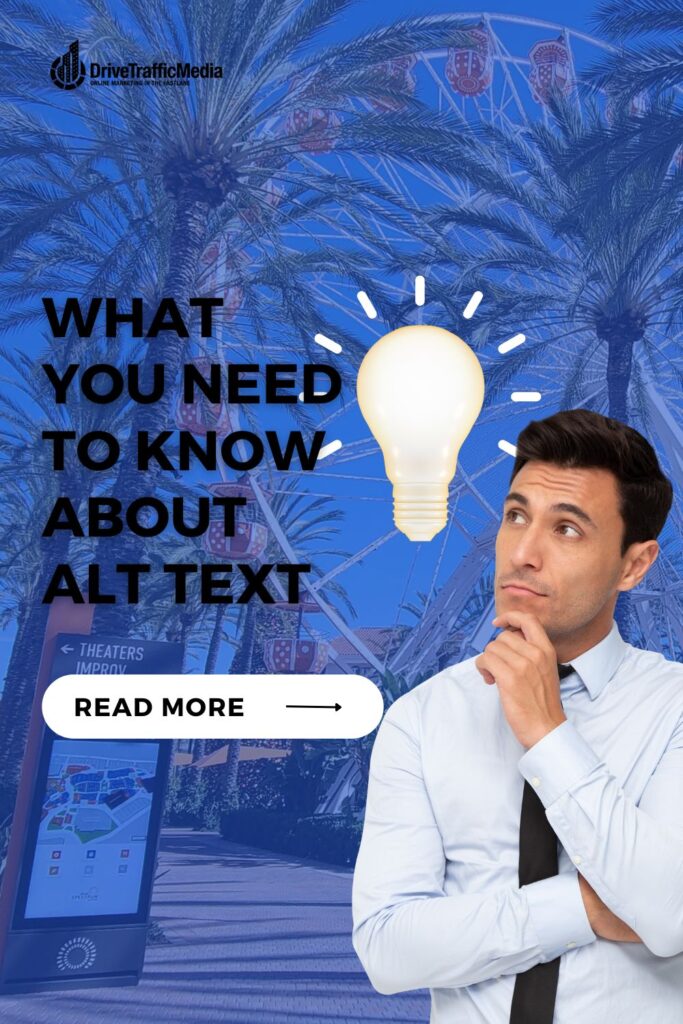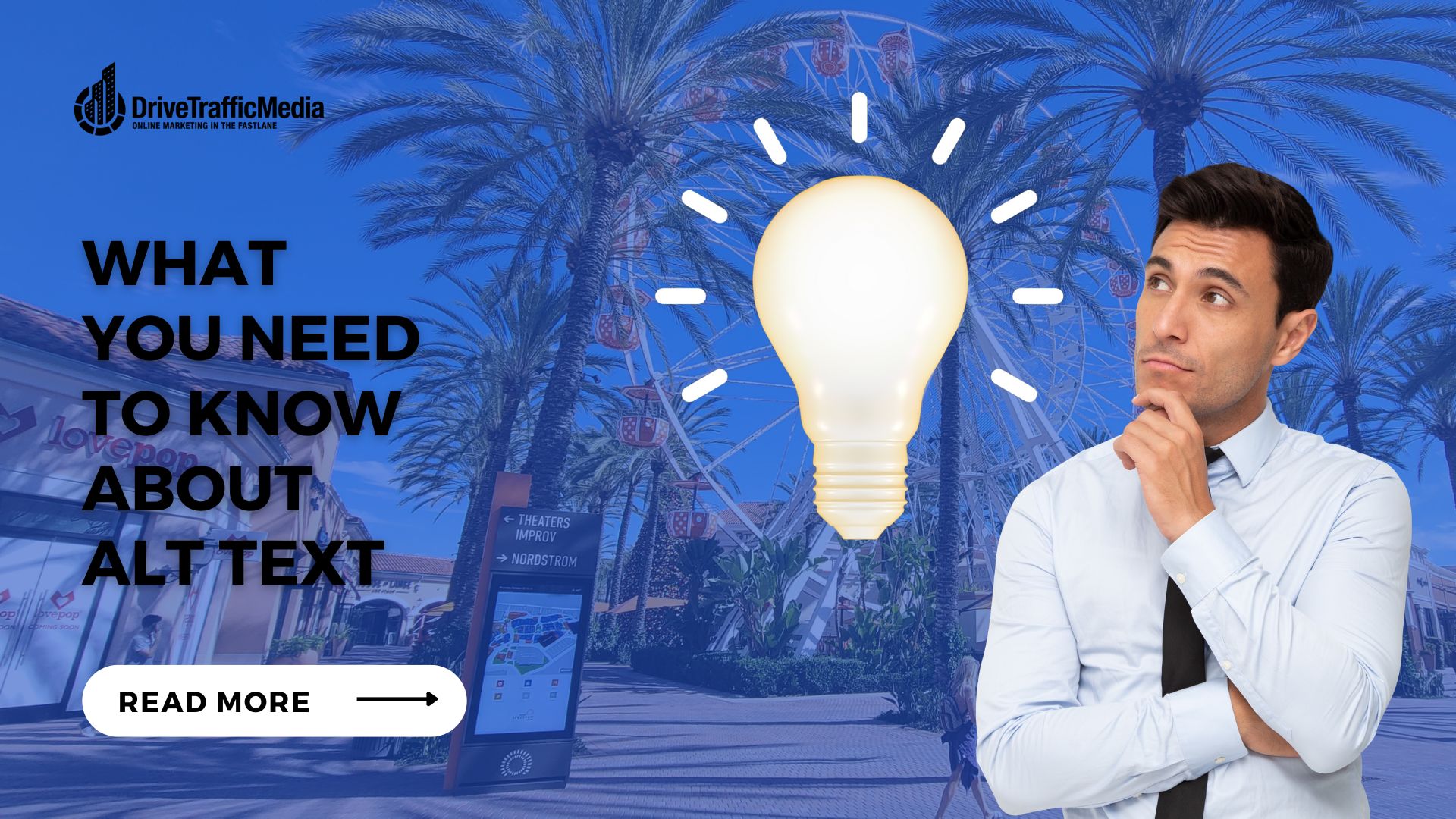There are a lot of misconstructions about alt text. Some people think they’re useless, while others think they’re very much necessary for Irvine web development. Some people think they need to be minimal, while others think they need to be very descriptive!
Wherever you fall on the alt text spectrum, we’re pretty sure that you still don’t know everything there is to know about alt text. Why would you be here if you did? So, to help you out, we’ve compiled a list of three things every budding website owner needs to know about alt text. The more you know about alt text, the more you realize the impact it can have on your website and your valued customers.

Alt Text is Primarily for Image Search
If you’ve been stuffing your alt text with tons of keywords in the hopes of boosting your search rankings, then you’re doing things wildly wrong, buddy. They do nothing to boost your visibility when people look for keywords online. Writing original and useful content on your website is still the best way to get your ranks higher, so get typing on that keyboard!
However, what alt text does do is boost your rankings in Google Images. The alt text describes your image to Google’s bots. So, if someone searches for an image that has a similar description to yours, Google will pull it up for them.
This is why it’s very important to treat alt text like it’s meant to be treated—as a descriptor. If your image is of a plateful of pink, strawberry-flavored macarons, and you describe them as pink, strawberry-flavored macarons, then you’re likely to get pulled up when someone searches strawberry macarons. Alternatively, if you describe it as amateurs do (e.g., “Here is what a popular bakery in Seattle, Washington has to say about the health benefits of almond flour!”), you’re setting yourself up for failure.
Again, don’t be lazy and use any avenue you can to stuff keywords in. Google’s bots are smarter than that.
But that begs the question: if alt text does not do anything for SEO, then what exactly is it used for?
Alt Text Provides Accessibility
Alt text is to provide context for people with visual impairments.
When they browse the Internet, they use what’s called screen readers to help them. These are programs that read out whatever text is on the page so they can still understand what your content is about. This allows them to enjoy navigating the web normally even with their disability.
Quite obviously, they either cannot see or have a hard time seeing images on a website. They rely on their screen readers to describe the image for them, especially if it is important for the content. For example, if the page is about proper squat techniques, and the image features a person doing proper squat forms, then the image needs to describe the person from the position of their legs, hips, arms, and more.
So, again, if you use alt texts to shove random keywords in, that takes away from their user experience. This tells them your website is not inclusive. You’ll end up turning away many of your customers with visual impairments and miss out on a lot of opportunities to connect with them.
Alt Text Is Not Needed for All Images
This is a bit of a shocker, isn’t it? Yes, you don’t really have to add alt text to all your images—just the ones that actually contribute to the content of your page. If your images are just placeholders or are there for decorative purposes only, they don’t need to have an alt text.
Additionally, images that you end up describing later in your text don’t need to have alt text either. There’s no point in describing something twice.
Can you imagine how chaotic it would be to land on a website with plenty of images and plenty of alt text? Everything from the headers to the product images to the buttons to the placeholders will be blasting in their ear. Now, imagine how bad it would be if you didn’t even describe them properly!
To reiterate: only add alt text for images that support your content! And keep it short, too—screen readers don’t read that far.
Conclusion
Have any more questions for us? We would be more than happy to help you out! Drive Traffic Media has been providing web design services in Irvine and surrounding areas in Orange County for over a decade now, so you know you’re going to get the best of the best with us. Contact us by reaching our phone at (949) 800-6990 or visiting our website here.
